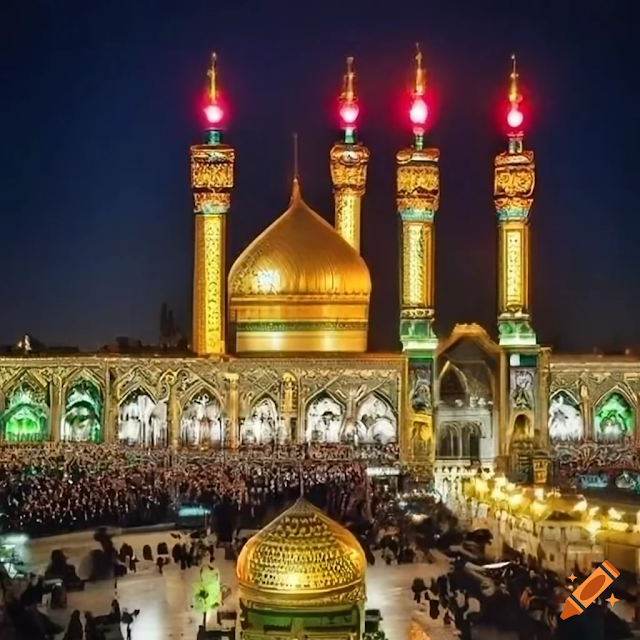Narendra Modi
Introduction
Narendra Modi, India's 14th Prime Minister, is a towering figure in Indian politics known for his charismatic leadership and dynamic vision. Born on September 17, 1950, in Vadnagar, Gujarat, Modi rose through the ranks of the Rashtriya Swayamsevak Sangh (RSS) and the Bharatiya Janata Party (BJP) to become one of the most prominent political figures in the country. His tenure as Prime Minister since May 2014 has been marked by a series of transformative initiatives and policies aimed at reshaping India's economic, social, and geopolitical landscape. Widely recognized for his strong leadership and communication skills, Narendra Modi has left an indelible mark on India's political landscape.
what modi government did for india?
- Making Things in India: Make in India
Launched in September 2014, the Make in India initiative is all about turning India into a global manufacturing hub. The idea was to boost manufacturing and attract foreign investments, leading to more jobs and economic growth. It's been successful in bringing in significant investments from international companies and helping the manufacturing sector thrive.
- Going Digital: Digital India
In July 2015, the Digital India campaign was introduced to make better use of technology and digital infrastructure in governance and services. Programs like the Pradhan Mantri Jan Dhan Yojana have given everyone access to banking services, and the BharatNet project is bringing high-speed internet to rural areas. These initiatives have made technology more accessible to all.
- Banking for All: Jan Dhan Yojana
The Pradhan Mantri Jan Dhan Yojana (PMJDY), launched in August 2014, aimed to provide banking services to those who didn't have them. This initiative has successfully opened millions of bank accounts and made insurance and pension schemes available to marginalized communities. It has also reduced mismanagement of government subsidies.
- Boosting Startups: Start-Up India
Starting in January 2016, the Start-Up India campaign was all about encouraging innovation and entrepreneurship. It offered incentives like tax exemptions and easier access to funding for startups. This has led to the rapid growth of startups in India, making it one of the world's top destinations for new businesses.
- Healthcare for All: Ayushman Bharat
Launched in September 2018, Ayushman Bharat is one of the largest government-funded healthcare insurance programs globally. It's designed to provide financial protection for vulnerable families and ensure they have access to quality healthcare. This initiative has made healthcare more affordable for millions of Indians and reduced the financial burden of medical expenses.
- Building Infrastructure
The Modi government has also put a lot of effort into infrastructure development. Programs like Sagarmala for port-led development, Bharatmala for road connectivity, and Pradhan Mantri Awas Yojana for affordable housing have improved connectivity, created jobs, and boosted economic growth.
- Foreign Policy and Diplomacy
Under Prime Minister Modi's leadership, India's foreign policy has gained prominence. His efforts have strengthened India's position on the global stage, fostering stronger ties with major world powers and enhancing economic and strategic cooperation with neighboring countries.
modi goverment turning point
Prime Minister Narendra Modi GOV Failure
Narendra Modi Family Background
Narendra Modi, the 14th Prime Minister of India, comes from a humble and modest family background. He was born on September 17, 1950, in Vadnagar, a small town in the state of Gujarat. His family belonged to the Ghanchi community, which is traditionally associated with the oil-pressing business. Modi's family consisted of his parents, Damodardas Mulchand Modi and Heeraben Modi, and five siblings. His father worked as a tea vendor at the Vadnagar Railway Station, while his mother managed the household. Modi grew up in a small, nondescript house in Vadnagar, which was devoid of many modern amenities. His early life was marked by simplicity and dedication to academics. Narendra Modi showed an early interest in politics and joined the Rashtriya Swayamsevak Sangh (RSS), a Hindu nationalist organization, during his teenage years. His association with the RSS eventually led him to the Bharatiya Janata Party (BJP), where he climbed the political ladder to become one of India's most prominent leaders. Modi's journey from his humble beginnings in Vadnagar to becoming the Prime Minister of India is a testament to his determination, political acumen, and commitment to public service. His rise in Indian politics reflects the opportunities and aspirations that India offers to individuals from diverse backgrounds.
These Are the Top-Viewed Pakistani Cartoons Click here to See





0 Comments
Please Be Kind With This Blog's Comment Section NoOne is Allowed To spam or promote any other platform Thank you for visiting